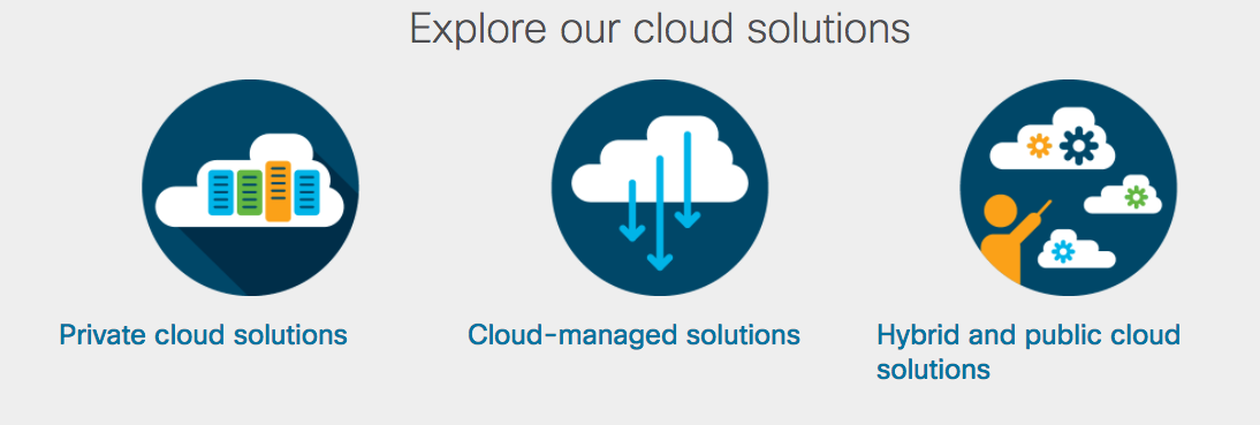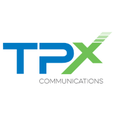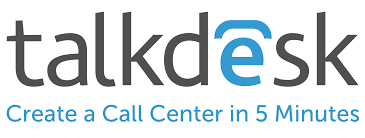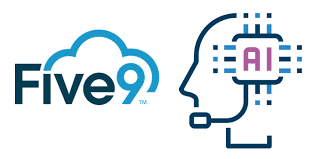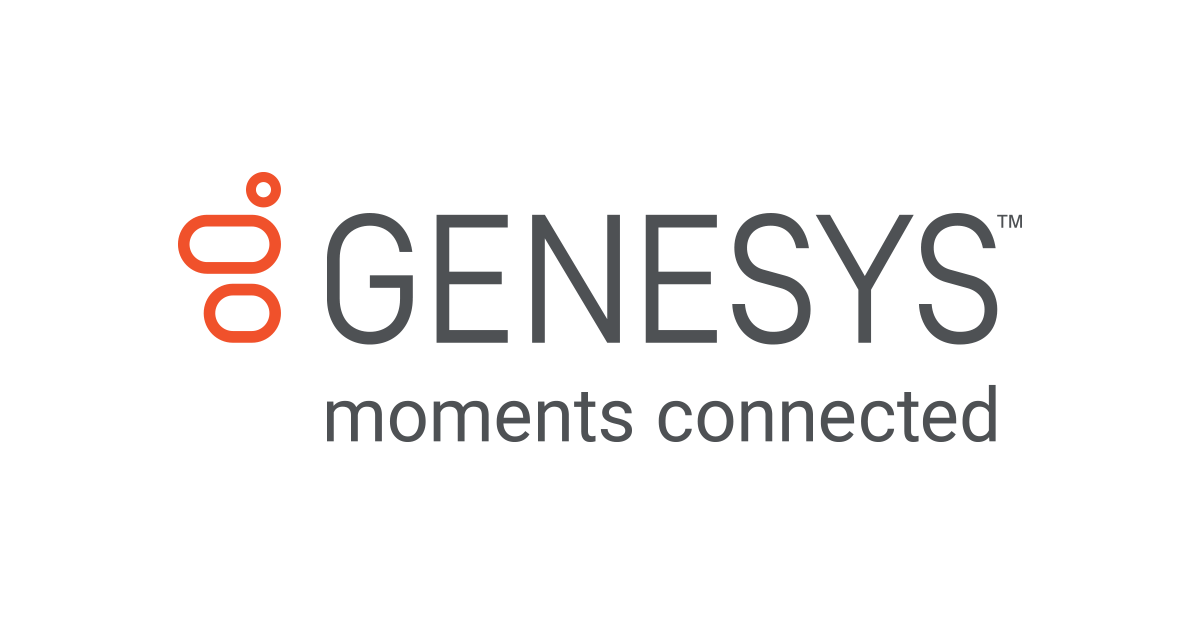Unified Communications As A Service (UCAAS)
Cloud computing is a type of Internet-based computing that provides shared computer processing resources and data to computers and other devices on demand. It is a model for enabling ubiquitous, on-demand access to a shared pool of configurable computing resources (e.g., computer networks, servers, storage, applications and services), which can be rapidly provisioned and released with minimal management effort. Cloud computing and storage solutions provide users and enterprises with various capabilities to store and process their data in either privately owned, or third-party data centers that may be located far from the user–ranging in distance from across a city to across the world.
Cloud computing relies on sharing of resources to achieve coherence and economy of scale, similar to a utility (like the electricity grid) over an electricity network. Advocates claim that cloud computing allows companies to avoid up-front infrastructure costs (e.g., purchasing servers). As well, it enables organizations to focus on their core businesses instead of spending time and money on computer infrastructure. Proponents also claim that cloud computing allows enterprises to get their applications up and running faster, with improved manageability and less maintenance, and enables Information technology (IT) teams to more rapidly adjust resources to meet fluctuating and unpredictable business demand.
In 2009, the availability of high-capacity networks, low-cost computers and storage devices as well as the widespread adoption of hardware virtualization, service-oriented architecture, and autonomic and utility computing led to a growth in cloud computing. Companies can scale up as computing needs increase and then scale down again as demands decrease. In 2013, it was reported that cloud computing had become a highly demanded service or utility due to the advantages of high computing power, cheap cost of services, high performance, scalability, accessibility as well as availability. Some cloud vendors are experiencing growth rates of 50% per year, but being still in a stage of infancy, it has pitfalls that need to be addressed to make cloud computing services more reliable and user friendly.
In 2017, probably the best validation that the cloud is the future is the fact that leading on premise providers like Cisco are quickly embracing it. In the last week, Cisco bought Broadsoft for $1.9 billion dollars. Rob Salvagno, Cisco’s vice president of corporate development, said in an interview that BroadSoft’s products, which are delivered over the cloud, or the Internet, will improve Cisco’s collaboration portfolio. Cisco’s current products in that unit such as WebEx, are based on premise, which means they are installed on devices. The purchase gives Cisco a stronger foothold in selling products to big telecom firms which can then provide integrated mobile, video, voice and other forms of electronic communications to their small and medium-size business customers. Today, it was announced that Cisco also partnered with Google to create a hybrid cloud platform. This new service will be aimed at business customers and will combine both companies strengths. Both Cisco and Google said in a statement that this alliance will provide "cloud speed and scale, with enterprise-class security".
Cloud computing relies on sharing of resources to achieve coherence and economy of scale, similar to a utility (like the electricity grid) over an electricity network. Advocates claim that cloud computing allows companies to avoid up-front infrastructure costs (e.g., purchasing servers). As well, it enables organizations to focus on their core businesses instead of spending time and money on computer infrastructure. Proponents also claim that cloud computing allows enterprises to get their applications up and running faster, with improved manageability and less maintenance, and enables Information technology (IT) teams to more rapidly adjust resources to meet fluctuating and unpredictable business demand.
In 2009, the availability of high-capacity networks, low-cost computers and storage devices as well as the widespread adoption of hardware virtualization, service-oriented architecture, and autonomic and utility computing led to a growth in cloud computing. Companies can scale up as computing needs increase and then scale down again as demands decrease. In 2013, it was reported that cloud computing had become a highly demanded service or utility due to the advantages of high computing power, cheap cost of services, high performance, scalability, accessibility as well as availability. Some cloud vendors are experiencing growth rates of 50% per year, but being still in a stage of infancy, it has pitfalls that need to be addressed to make cloud computing services more reliable and user friendly.
In 2017, probably the best validation that the cloud is the future is the fact that leading on premise providers like Cisco are quickly embracing it. In the last week, Cisco bought Broadsoft for $1.9 billion dollars. Rob Salvagno, Cisco’s vice president of corporate development, said in an interview that BroadSoft’s products, which are delivered over the cloud, or the Internet, will improve Cisco’s collaboration portfolio. Cisco’s current products in that unit such as WebEx, are based on premise, which means they are installed on devices. The purchase gives Cisco a stronger foothold in selling products to big telecom firms which can then provide integrated mobile, video, voice and other forms of electronic communications to their small and medium-size business customers. Today, it was announced that Cisco also partnered with Google to create a hybrid cloud platform. This new service will be aimed at business customers and will combine both companies strengths. Both Cisco and Google said in a statement that this alliance will provide "cloud speed and scale, with enterprise-class security".
It is the opinion of Dr Wireless that UCaaS is the best thing that could ever have happened to small, medium, and even enterprise sized businesses. That's because with on premise IP solutions, you had to physically buy expensive servers, wait weeks to have the CLEC do the wiring, have an onsite IT expert, and purchase an expensive monthly service maintenance contract to keep everything working. The cloud makes it possible to securely deliver voice, data, video and collaboration to anywhere there is an internet connection. You already have cloud services if you have cable TV, internet, and/or Microsoft exchange or Office 365 e-mail. If you have a problem with your home internet, you call the IP to fix it. That's the same way it works for Cloud services. Your problem is their problem and usually fixed with a phone call.
In February 2020, the Novel Covid 19 Corona Virus became a global pandemic. Nearly every country on the planet earth has been forced to change the way they did things on both personal and business levels. Those who embraced UCAAS technology were actually far better prepared to transition to a work from home environment. We are waiving our normal consultation fee for small businesses that need guidance on how to transition to the right UCAAS solution with little or no upfront costs.
As an IT Mobile Broker, Dr Wireless has partnered with the best in class Internet/Cloud Providers below. Here's some of our favorites. If you would like a quote or a FREE consultation from Dr Wireless, just let us know.
In February 2020, the Novel Covid 19 Corona Virus became a global pandemic. Nearly every country on the planet earth has been forced to change the way they did things on both personal and business levels. Those who embraced UCAAS technology were actually far better prepared to transition to a work from home environment. We are waiving our normal consultation fee for small businesses that need guidance on how to transition to the right UCAAS solution with little or no upfront costs.
As an IT Mobile Broker, Dr Wireless has partnered with the best in class Internet/Cloud Providers below. Here's some of our favorites. If you would like a quote or a FREE consultation from Dr Wireless, just let us know.

